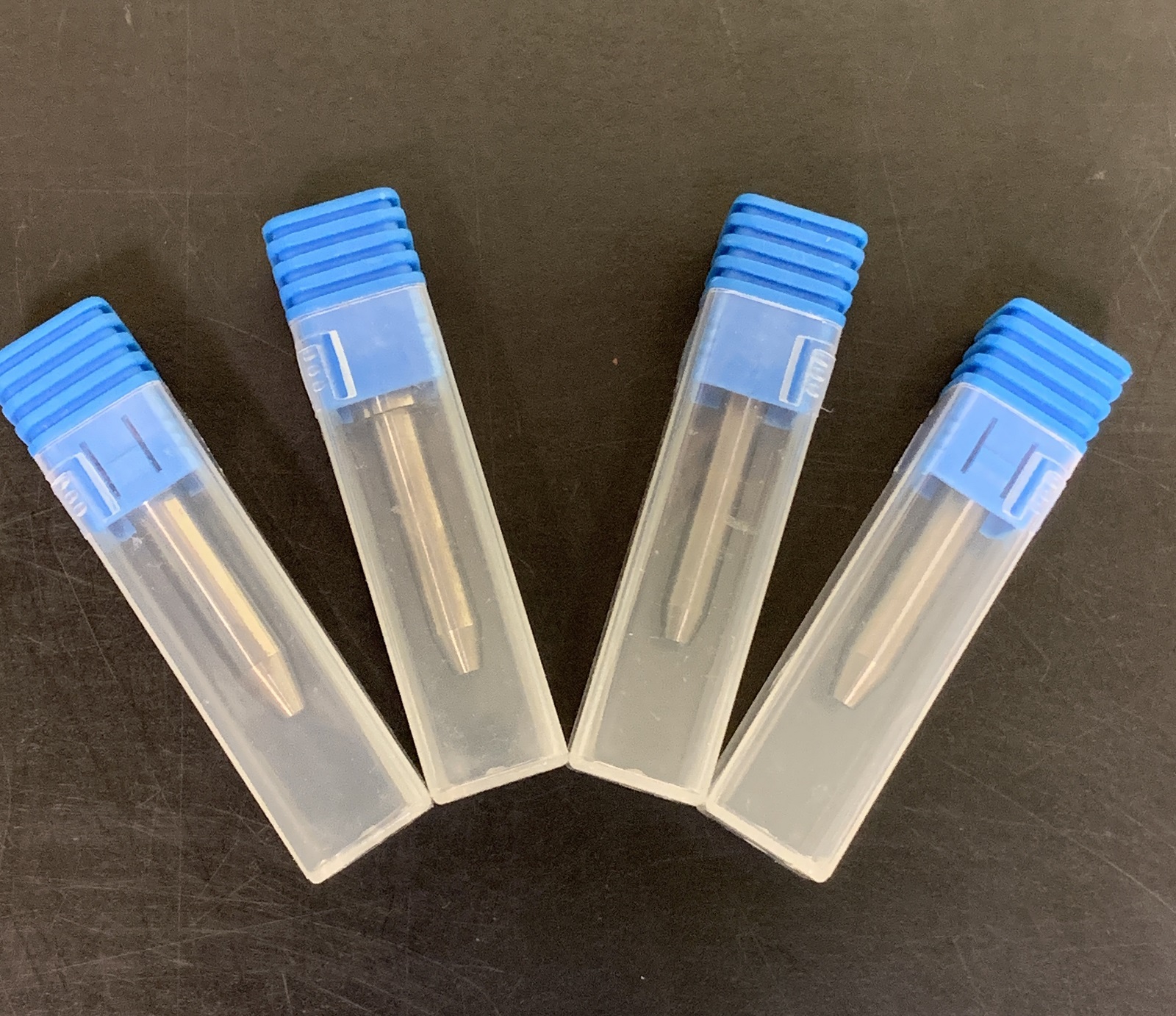Also, literally every rifle I own is at Spartan Precision getting new barrels fitted (in one case, chamber adjusted). I was supposed to drive up to Idaho, watch and learn while I was there as Marc cut the barrels, and drive back with four rifles all set with new barrels/chamber ready for barrel break-in and load development (all barrels are slightly different than the previous).
Unfortunately, a combination of stupidity (mine), a storm cutting through the Sierras on the front end, a storm blowing across Idaho on the other end, and a business trip requiring me to be in Florida meant that I got up there (late) and left with no rifles. I have to go back up either next week or the week after (weather permitting).
In short, I have to 1) get my rifles complete and back, 2) speed the barrels up, 3) do some load dev.
EDIT: which means little to no testing for the foreseeable future

EDIT 2: well... maybe. My 308 is just getting the chamber altered a little, meaning I can use the same brass I've been using, etc. (when I get the rifle back) - AND - I've got nothing else rifle-related to do for at least a week, probably 2 (again, weather permitting).
Key issues:
- You want to measure to the shoulder and the overall length for both.
- This means starting length needs to be the same
- I'd want to sort out brass that currently all has the same length to begin with. I trim every go, so this shouldn't be an issue.
- Measurements: base to shoulder using LE Wilson gauge, overall length, pin gauge after sizing, and for shits and giggles, seating force consistency, though the pin gauge should give the indicator of that.
Process:
- Two sets of brass - Set 1: mandrel - Set 2: expander ball
- Set 1: Size (no expander), mandrel, measure, trim, prime, charge, seat (AMP Press)
- Set 2: Size (expander), no mandrel, all else the same
The only thing I can think of that would be slightly different would be the lube for the mandrel. Perhaps I lube up the mandrel and expander ball both - or - (I'm a fucking masochist) do three sets where the expander ball is both lubed every 5 rounds or so and not.



